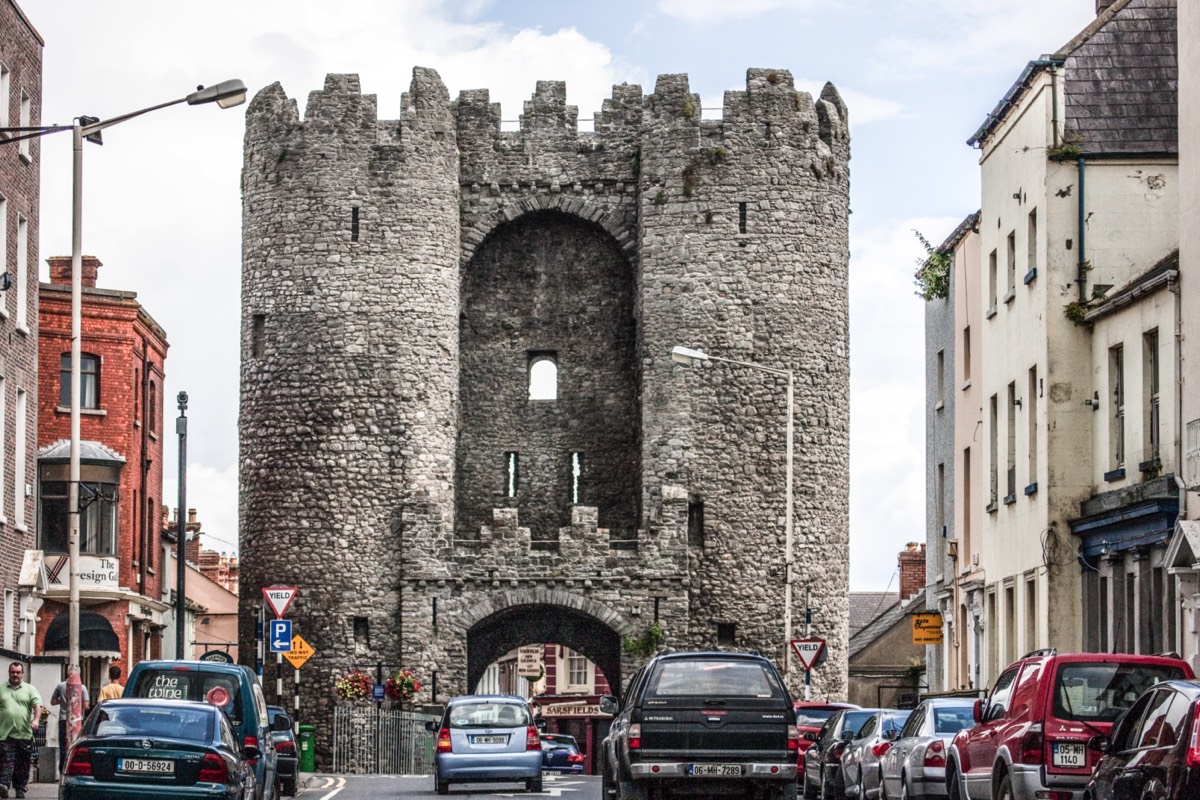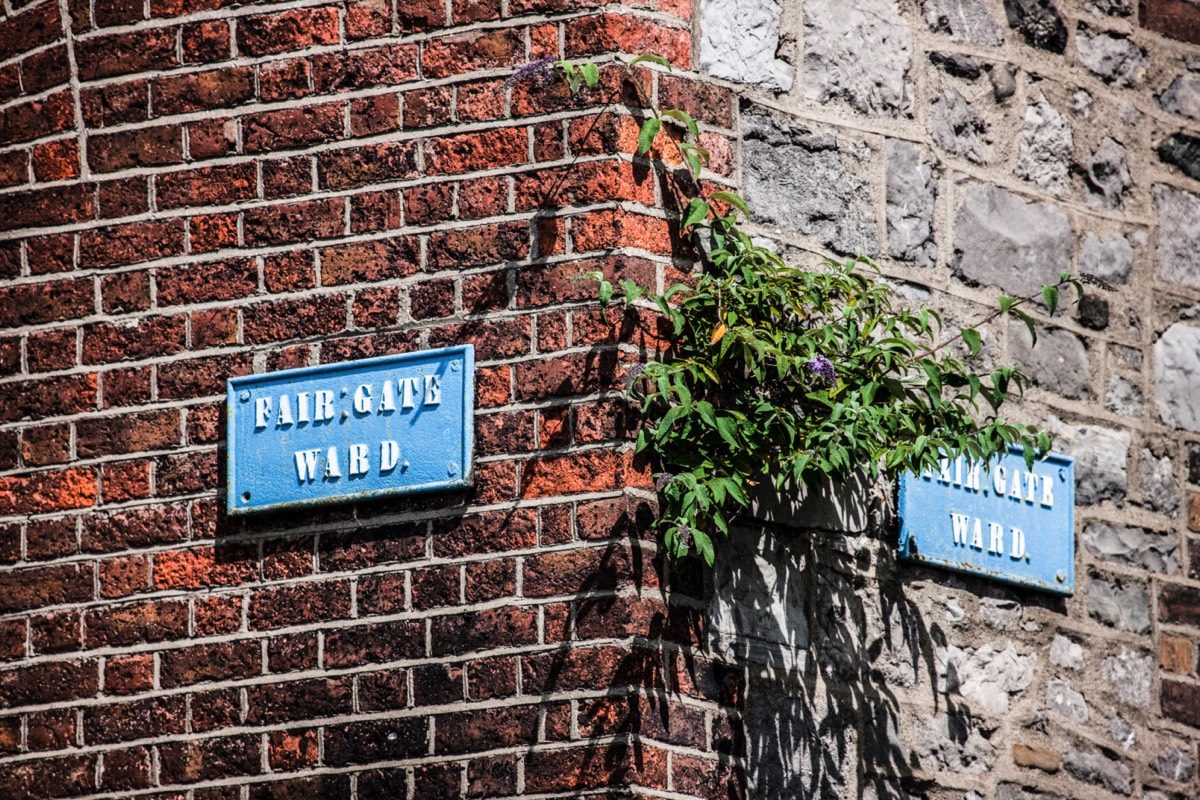
Custom Search
THE GREEN MENU OPTIONS ARE MOBILE FRIENDLY AND ARE FASTER SO THEY ARE RECOMMENDED. THE RED MENU OPTIONS ARE SOMEWHAT SLOWER DEPENDING ON YOUR DEVICE OR BROWSER AND ARE MORE SUITABLE FOR DESKTOPS AND LAPTOPS. THE BLUE OPTIONS ARE PAGE LINKS AND WILL BE PHASED OUT GOING FORWARD
DROGHEDA
Drogheda is a town located in the north east of Ireland. Siting on both banks of the River Boyne the town straddles both County Louth and County Meath but is predominantly situated in County Louth. It is the largest town and sixth most populous area overall in Ireland with a population of 38,578 recorded from the 2011 Census.
SORRY FOR THE DELAY
During Roman times the Drogheda area was a trading centre known as Inver Colpa. The Viking Danes built on this and established a trading centre there in 911AD. During the 12th century, after the Norman invasion the settlement of Drogheda flourished, becoming Ireland's first permanent Norman town. Initially divided into two separate towns on opposing side of the River Boyne, Drogheda-in-Meath on the south bank received its town charter in 1194AD and Drogheda-in-Uriel on the northern bank received its town charter in 1229AD. Although they immediately bordered one another, the two towns were in different church dioceses, had separate corporations, taxes, tariffs and landing charges. It wasn't until 1412AD that a new Charter was granted, unifying the two towns as a County Corporate, styled as ‘the County of the town of Drogheda’. Drogheda continued as a County Borough until the setting up of County Councils, through the enactment of the Local Government (Ireland) Act 1898, which saw all of Drogheda, including a large area south of the River Boyne, become part of an extended County Louth.
Drogheda has played a significant role in Irish history; key events include the visit of King John in 1210, the Black Death in 1348, the holding of Parliament at various times over the years 1441 – 1493, the effects of the Plague in 1479, the passing of Poynings Law in 1494, the swearing of allegiance to the Crown by the defeated Ulster Chiefs at the Dominican Friary in 1603, the failed Siege of Drogheda in 1641, the attack by Oliver Cromwell in 1649, and the Battle of the Boyne outside Drogheda in 1690. In the Twentieth Century Drogheda played its role in the momentous events which shaped the modern nation including the 1916 Easter Rising, the War of Independence and the Civil War during the years 1919 – 1923 which saw the shelling of Millmount Fort by Irish Free State forces.
Today Drogheda stands at the centre of the densely populated South Louth/East Meath region, which has a population of approximately 70,000 people. The Electoral (Amendment) Act 2009 merged areas of East Meath with Louth for Dáil Éireann elections which allowed the town of Drogheda and its hinterland areas to form a single constituency.
As of 2014, Drogheda forms part of the Drogheda Borough District for local government purposes, a subsidiary of Louth County Council. There is a strong City Status campaign for the town headed by the Drogheda City Status Group.



